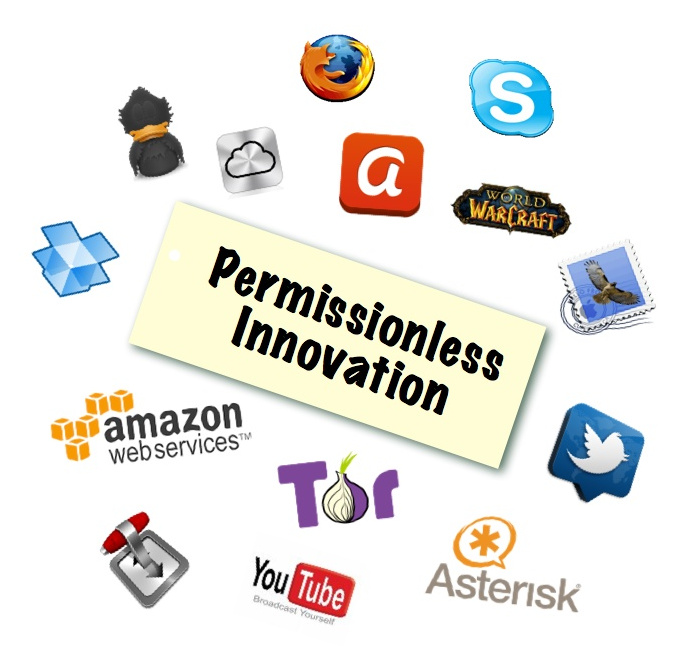In our last post, we addressed the concept of “Permission-free innovation” or “Permissionless Innovation.” In some circles, people simply refer to the concept as “Open Innovation.” Whatever you call it, without question, the scope and implications of permissionless, open innovation extend well beyond fast-tracking technology development.
The same principles that enable open Internet and technology development – driving the next “great gadget” or technological advancement also enable individuals to freely use the Internet for their own purposes, contributing to the free and open exchange of ideas and communication. The ability to easily share ideas drives innovation and fosters social change. Perhaps most importantly, these principles give people, who may have once been voiceless, a platform to learn, grow, share ideas and express their views.
As it stands today, two-thirds of the world’s populations do not have access to the Internet. One of the goals of Internet organizations like IETF, ISOC, IAB, W3C and others is to help ensure that everyone has access to the Internet in the coming decades. As the Internet plays a more integral and critical role in education, business and government, it will be essential for these underserved people to be gain access. In fact, the UN recently declared that disconnecting people from the Internet is a human rights violation and against international law.
“Broad participation is going to be even more important in the increasingly connected world, where Internet matters for everyone from farmers to engineers to nurses to government officials,” writes Jari Arkko, Chair of the IETF. “Secondly, decisions can not be taken without understanding the benefits and operation of global communications networks.”
Permissionless innovation is also a guideline for fostering innovation by removing barriers to entry. This raises flags of concern among some constituencies, who mistake permissionless innovation as an environment where innovation occurs without laws and consequences, and without respect for Intellectual Property. This is far from the case. Instead, the tenets of permissionless, or open innovation focus on openness within an agreed upon set of standards.
The Internet Society remarked in this paper on Intellectual Property on the Internet:
Comparably, when we talk about innovation without permission, we should not consider innovation that does not obey to any rules. Clayton Christensen, for instance, has argued that innovation could largely raise the probabilities of success if it complies to four rules: 1) taking root in disruption, (2) the necessary scope to succeed, (3) leveraging the right capabilities and (4) disrupting competitors, not customers. So, when the supporters of the open Internet talk about innovation without permission they refer to the ability of those who want to market new technologies to do so without having to further justify them according to existing business or other related standards. For example, the US Supreme Court has taken a similar view in Sony v. Universal Studios, Inc., where it asserted that new technology innovators do not “carry the burden of persuasion that a new exception to the broad rights enacted by Congress should be established”. We can, therefore, surmise that it is primarily the open architecture of the Internet that encourages innovation – we can call it “open innovation”.
The future of the Internet and technology development as we know it depend on open innovation. The OpenStand Principles directly support the kind of open innovation that has driven the technological advancements of prior decades. If you support permissionless innovation, show your support by Standing With Us.

